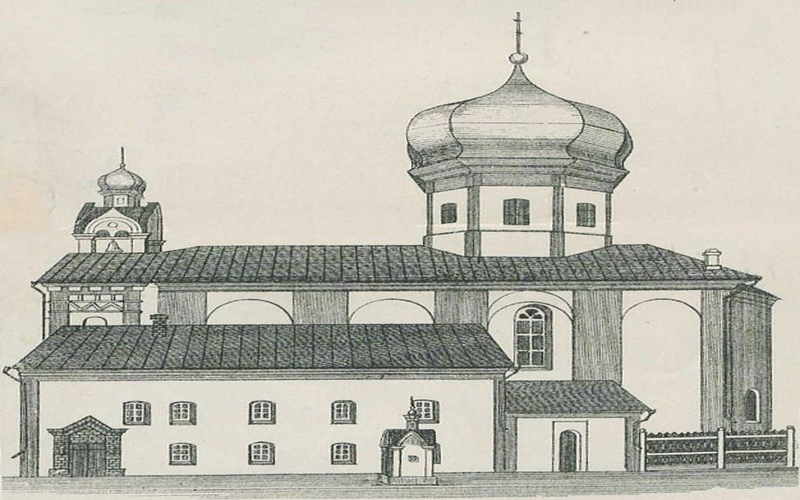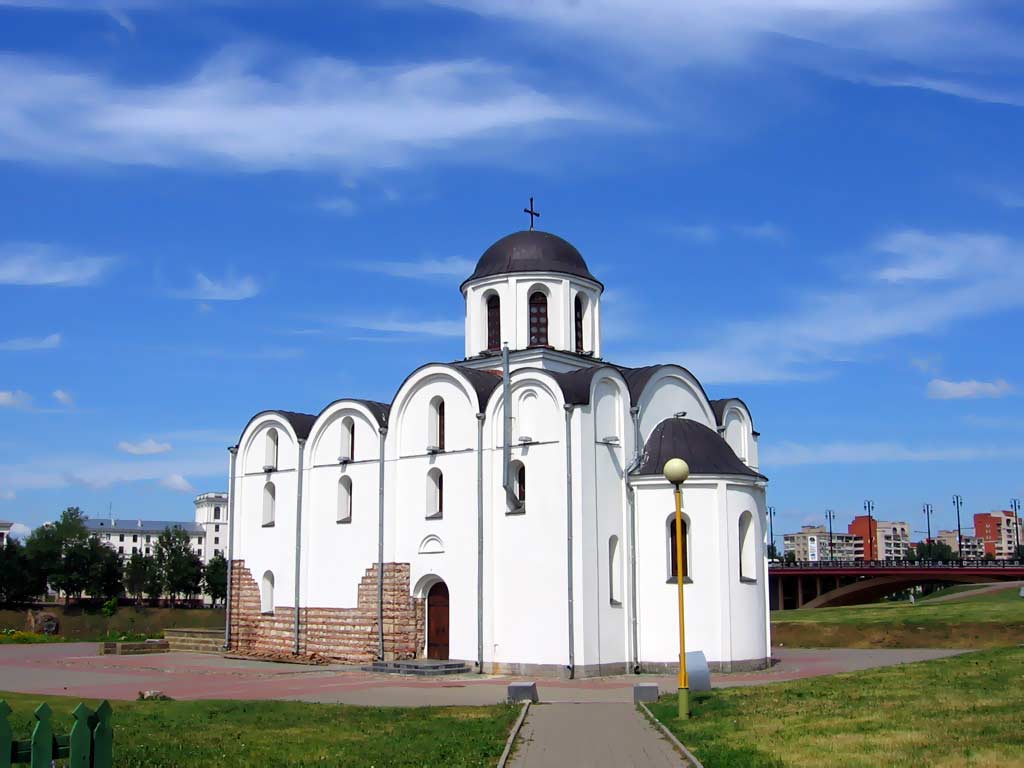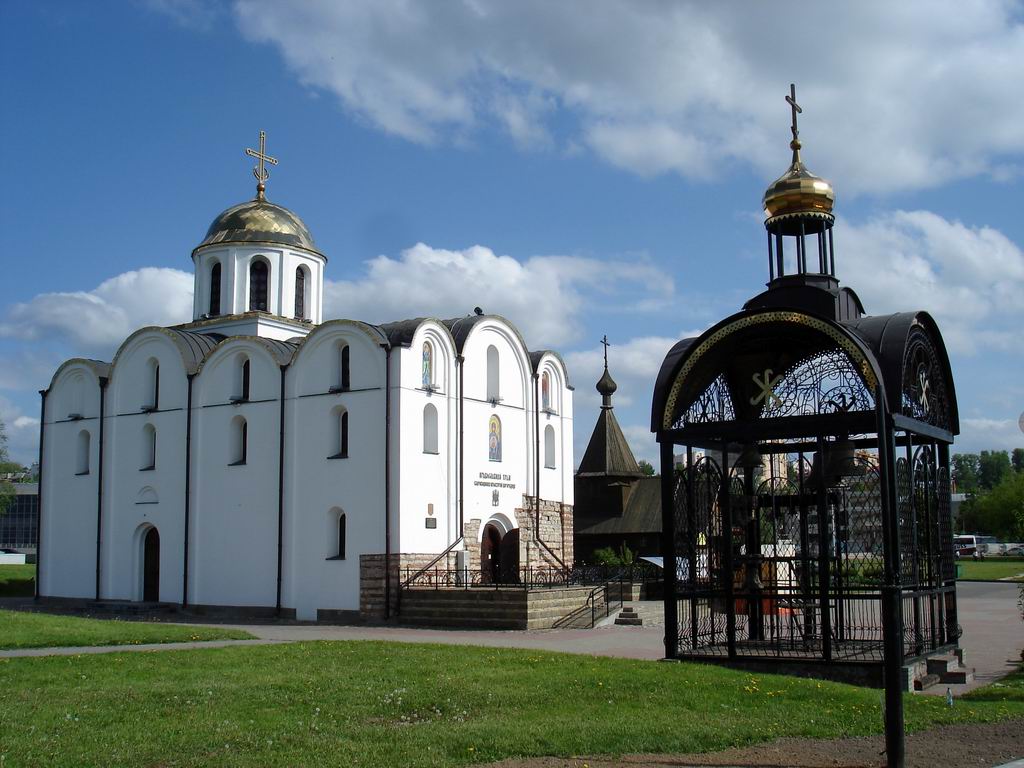- Vitebsk region, Vitebsk District, Vitebsk, Zamkovaya Street, 1
History
The exact date of the construction of the Annunciation Church in Vitebsk is unknown. According to some sources, it was built in 974 by knyaginya Olga along with the foundation of the city. According to others, it was in the 14th century by Grand Duke Algirdas. The Annunciation Church in Vitebsk has been rebuilt several times and changed its appearance. In 1619, by the order of King Sigismund III Vasa, the church became Uniate. The Annunciation Church in Vitebsk suffered greatly during the Great Northern War of 1700-1721, and after the war, in 1759, it was completely rebuilt in the late Baroque style. In 1832, the church was returned to the Orthodox faith, and in 1842 it was rebuilt once again. This time it acquired features of pseudo-Russian style.

During the Second World War, the church was so severely damaged that the amount of loss was included in the indictment against fascist Germany at the Nuremberg Trials. Only in 1993-1998 was the Annunciation Church in Vitebsk restored to its original appearance (12th century) according to the project of architect G.A. Lavretsky. At the same time, the original stone masonry was preserved. It was not plastered so that the city residents and tourists choosing to relax in Vitebsk could see with their own eyes the antiquity of this building.

The Church Today
The Annunciation Church in Vitebsk is located in the center of Vitebsk and is a monument of ancient Polotsk architecture of the 12th century.
_church_(XII_century)._(cropped).jpg)
It is a six-pillar three-apsed cross-domed church. The Annunciation Church in Vitebsk is considered the most "prayed" church in Vitebsk.
